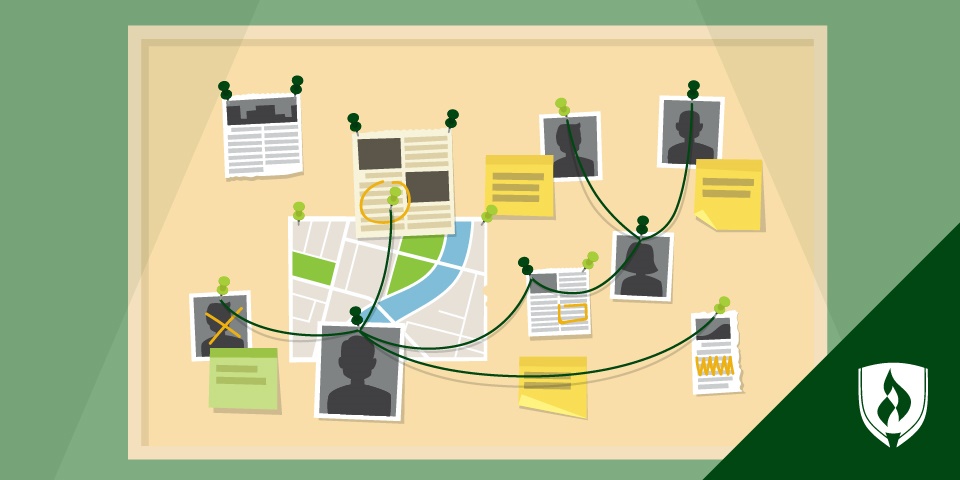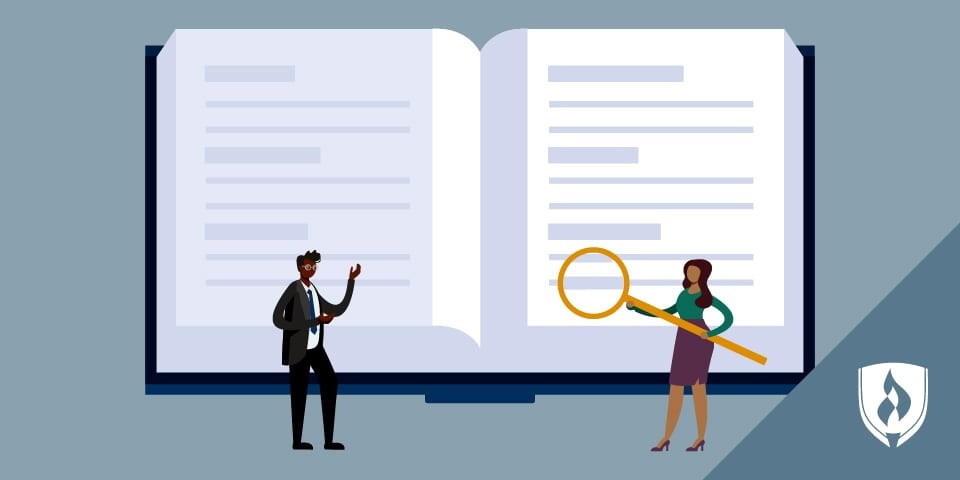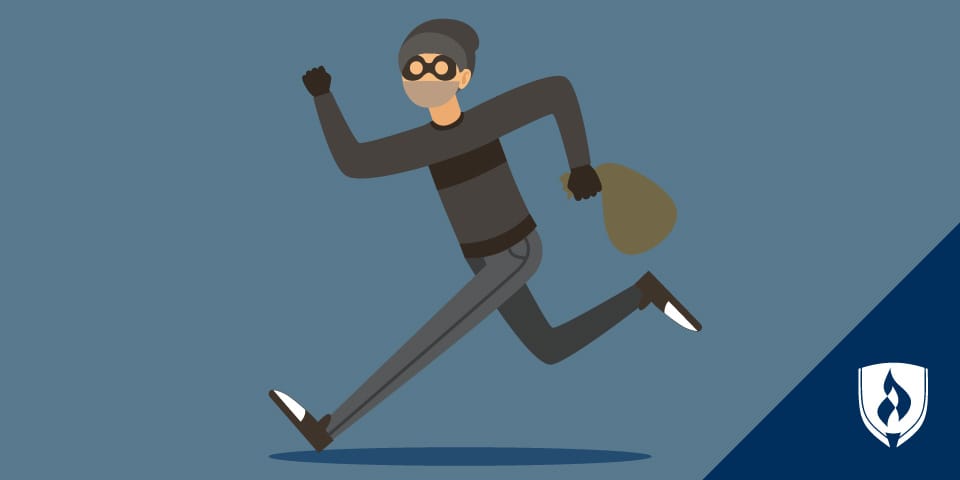Police Ranks: Breaking Down 8 Different Law Enforcement Positions

If law enforcement was like any other career, you could expect to start your career as a police assistant, become a police officer, eventually move up to police manager and maybe, if everything breaks the right way, someday move into the position of police CEO.
Of course, “police CEO” isn’t a real job title. Chief of police, however, is a very real title—along with other exciting but potentially confusing titles, like police corporal and police captain. If you’re a little lost on what these titles mean and where they fit into the hierarchy of police ranks, then you’ve come to the right place.
一般来说,通过排名上升w enforcement will sound more like military promotions than the kind of promotions you see in most other occupations. If you are familiar with that hierarchy of authority, these police ranks will sound pretty recognizable. If not, don’t fear. We will break down the police ranking structure, along with some qualities that define each position.
Police ranks and hierarchy at a glance
Before we get started, it’s important to note that the naming conventions and rank structures of law enforcement agencies aren’t all uniform. Federal agencies have their own structures while local law enforcement organizations can vary depending on the community served. The following police officer ranks best align with a hierarchy commonly found in municipal police organizations:
- Police technician
- Police officer/patrol officer/police detective
- Police corporal
- Police sergeant
- Police lieutenant
- Police captain
- Deputy police chief
- Chief of police
8 police ranks you may encounter in your law enforcement career
1. Police technician
This entry-level position involves assisting sworn personnel in follow-up investigations of assigned cases, enforcing parking laws and issuing citations, directing traffic at accident and crime scenes, and a myriad of other tasks that support police departments.
These professionals also prepare paperwork for incident reports, provide general citizen assistance, and keep records organized and up to date.
Most police technicians need a high school diploma or equivalent. No experience is typically necessary.
2. Police officer/patrol officer/police detective
This “rank” is the most well-known and broadest of the bunch. While police officers, patrol officers and police detectives may have differing job descriptions depending on who employs them, these law enforcement officers often respond to emergency and non-emergency calls, patrol assigned areas, obtain warrants, arrest suspects, and testify in court, according to theBureau of Labor Statistics(BLS).1
Most officers and detectives need to complete a training academy in their area.Education requirementsbeyond that range from a high school diploma to a Bachelor’s degree—all depending on the employer, the specific job and the local regulations.1
It should also be noted that a detective’s place in the hierarchy of officers isn’t always as clear cut as this list. In most departments, a detectives have several years of experience and may informally “outrank” patrol officers in certain situations—like when working on a specific case they’re assigned to.
3. Police corporal
The title of corporal is a common next step on the hierarchy of a law enforcement career. Police corporals often act as supervisors and watch commanders in small agencies, but the title can also apply to nonsupervisory members of a specialty unit. This position is typically the first in a supervisory role, placing officers in some measure of authority over other officers.
Officers who become leaders and differentiate themselves on the job might be promoted to corporal as an official way to acknowledge their leadership on the force.
4. Police sergeant
A police sergeant’s job duties depend on the size of their employing agency. Some agencies skip certain rankings and assign those tasks to other positions. But in general, a sergeant is typically expected to interpret and apply ordinances to a wide variety of situations, supervise and train personnel, weigh in on disciplinary situations, help develop new policies, and act as a liaison between upper management and subordinates.
Sergeant responsibilities are often a step up from the general supervision tasks of a corporal as they also investigate internal complaints and envision ways to improve their department.
These positions require law enforcement experience. Expect to serve about five years of employment as a minimum in your police department and to be required to pass an examination before you become eligible for this promotion.
5. Police lieutenant
The work of a police lieutenant is sort of like a middle-management role for law enforcement. They take broad direction from superiors and turn them into a plan of action for sergeants all the way to the frontline officers and detectives.
In this role, lieutenants may select and assign staff, ensuring equal employment opportunity in hiring and promotion, and set the work schedule and priority tasks for employees. They evaluate officers and other staff in performance reviews and identify development and training needs for the department.
在这些选区的职责之上,警察中尉s work with other law enforcement agencies in the area and also act as ambassadors of the police department in civic meetings, schools and other community efforts.
Promotion to this rank will likely involve acquiring many years of experience, passing an examination, and demonstrable skills in leadership and public relations.
6. Police captain
Yet another step up, police captains report directly to police chiefs—or in the case of large departments, deputy police chiefs, as they manage and direct activities of the department. Captains train personnel, prepare and monitor programs and budgets, and enforce department policies. They are relied on to maximize citizen involvement in community policing, make smart hires and promotions, represent the department in the community and local government, and to step in when situations become critical or when the department requires a pinch hitter.
Police captains might also conduct research and prepare reports related to crime and policing in the community.
For this position, officers will need experience working in supervisory roles and, depending on the organization, may require a college degree. The ability to command and lead a group under stressful situations as well as having strong public-speaking skills will be assets for officers at this stage of their careers.
7. Deputy police chief
Often found in large municipal law enforcement agencies, deputy police chiefs are responsible for the effective administration of a bureau or division of police and technical staff personnel. They do everything a police captain might do but also stand prepared to assume control of the divisions as acting police chief, should the need arise.
They have a huge part to play in designing programs like crime prevention that the department or local organizations will implement. These officers also typically oversee budget decisions and all-important choices related to the department’s resources. Deputy police chiefs also keep a constant eye on compliance issues, ensuring that their departments stay up to date with current laws and regulations.
Becoming a deputy police chief is likely to require several years of service in a law enforcement management position. ABachelor’s degree in Criminal Justiceis typically required, and some agencies may prefer additional training or education like completion of theFBI National Academy.
8. Chief of police
The chief of police is usually the top authority of the police department. These officers oversee all operations of the department, develop procedures and programs to increase effectiveness and safety, and assign officers to special investigations.
Most police chiefs are appointed by elected officials. As the public head of a law enforcement agency, they work closely with mayors and city government officials. They implement law enforcement programs for their cities and review criminal cases to look for trends and patterns. They handle the department’s budget, direct the systems that maintain records and legal documents, handle grievances, and address the public in the event of crisis incidents.
As the high-profile leaders of a public law enforcement agency, the buck stops with them. They are ultimately responsible for any issues or incidents in the agency under their watch. Because of this, they often face criticism from public leaders, activists and local politicians if things aren’t going well. This means most successful police chiefs are educated, articulate and at least a little politically savvy.
Looking to join the ranks?
As you can see, police officer ranks can be extensive, offering lots of room for promotion and career advancement. The specific titles will vary as some departments skip certain ranks due to their sizes and needs. But knowing the framework will give you a better idea of what advancement in law enforcement looks like.
As officers rise through the ranks, their job duties might change, but the core of what they do stays the same: working toward creating safer communities. Officers who excel at this tend to be the ones chosen to lead their departments. But excellence on the force doesn’t always look like what people expect.
Learn more about what the best officers bring to their work in our article “6 Often Overlooked Qualities of a Great Police Officer.” If you think you could be a fit and would like to join the ranks, visit theLaw Enforcement program pageto learn more how Rasmussen University could help prepare you for a police career in Minnesota.
1Bureau of Labor Statistics, U.S. Department of Labor, Occupational Outlook Handbook, [accessed July, 2021]www.bls.gov/ooh/. Information represents national, averaged data for the occupations listed and includes workers at all levels of education and experience. This data does not represent starting salaries. Employment conditions in your area may vary.





